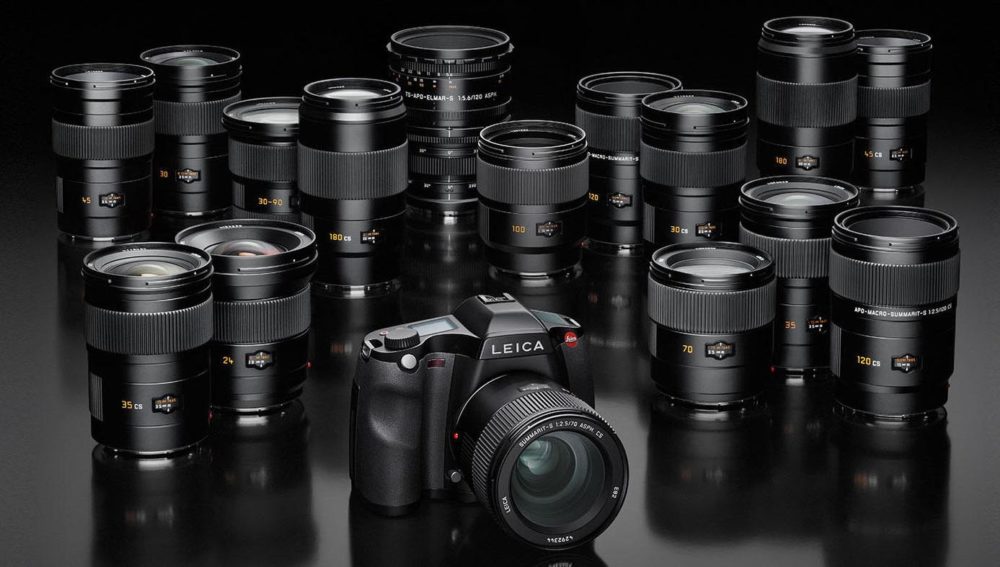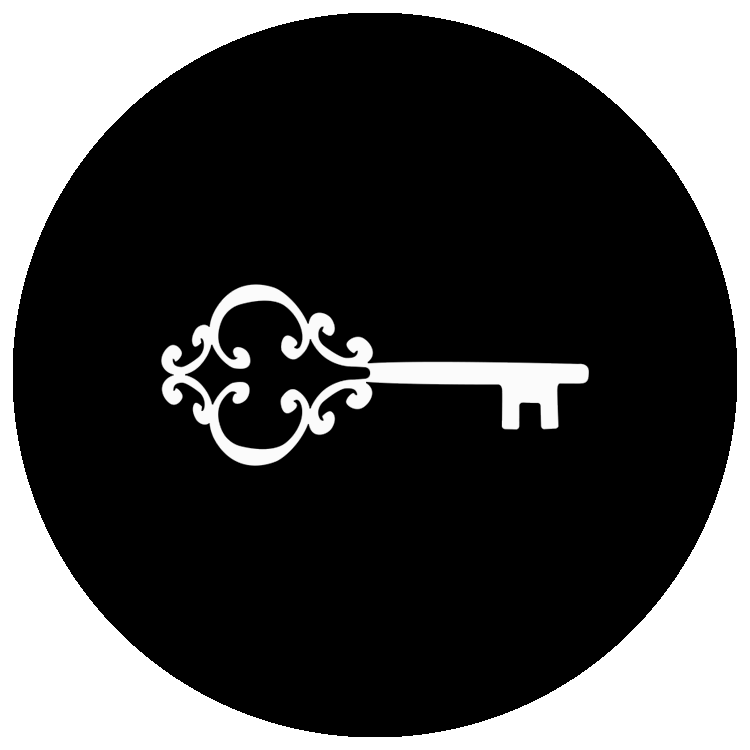Leica S3: the latest model of the Leica S medium format system
With the market release of the Leica S3, Leica Camera once again lives up to the ambitious quality standards the company’s customers have come to expect. Share
The outstanding excellence of the Leica S and its lenses is rooted in a well thought-out system in which every component represents an integral element of the recording process. In addition to the most obvious improvement – an increase in resolution from 37.5 to 64 megapixels – the medium format camera features a number of technological advances. Just like its predecessors, the Leica S3 also utilises the Leica ProFormat developed especially for the Leica S-System.
With dimensions of 30 x 45 millimetres, it corresponds to the classic 3:2 aspect ratio of the 35 mm full-frame format, but offers a 56 percent larger sensor area. In comparison with its predecessor, the new 64 megapixel sensor developed exclusively for Leica offers a 71 percent increase in resolution, a dynamic range of 15 f-stops and a maximum ISO sensitivity setting of 50000 – thereby providing sufficient reserves to be ready to handle any imaginable lighting situation and fully exploit the strengths of the medium format.
The entire area of the sensor can be used not only for videos in full-HD, but, for the first time, also for 4K cinema resolution – including the characteristic medium format look. When capturing video footage, 48 kHz,16-bit stereo sound with automatic or manual level adjustment can be recorded with either the integrated or an external microphone.

The Leica Maestro II processor and a 2 GB buffer memory ensure a smooth workflow that is essential for handling the enormous amounts of data generated by the sensor. Shooting in tethered mode is also possible with the Leica Image Shuttle app, whereby all essential exposure settings can be made with the help of the app and the images captured in DNG and JPG format can be transferred directly to a computer via a USB 3.0 interface. Using the Lightroom Tethered Plugin allows the Leica S3 to be connected directly to the image processing package without any need for additional software.
In addition to a GPS function, which determines the precise geographical location and the exact time with the aid of satellites and saves them to the EXIF data, the Leica S3 also has a WLAN module with which the camera can be remotely controlled in conjunction with the Leica FOTOS 2.0 app.
As with other members of the Leica S-System, the Leica S3 is constructed using superior-quality and extremely resilient materials: examples include the magnesium body, the Corning®Gorilla®Glass cover plate of the 3-inch monitor screen as well as the lens bayonet, which is made from particularly solid stainless steel. Furthermore, the numerous seals that protect the camera against the ingress of moisture, dust and other foreign bodies contribute to the reliability and long service life of the camera when shooting on location.

The familiar and proven intuitive handling concept of Leica S (Typ 007) has been carried forward to the Leica S3: the central control elements are two setting dials and a five-way joystick, which control the shutter speed and aperture and enable quick and easy menu navigation. The rear screen is surrounded by four buttons which can be configured in accordance to the photographer’s preferences and needs. And lastly, the main switch can be used to choose between the camera’s focal plane shutter or a central shutter – provided this is a feature offered by the lens mounted on the camera.
With a special construction concept that ensures protection against dust and spray, the S-Lenses are an integral element of the Leica S-System. As is the case with other Leica lenses, S-Lenses are designed to offer sufficient performance reserves to meet the demands of future generations of imaging technology and retain their value as a long-term investment that can fully exploit the potential of future camera generations.



